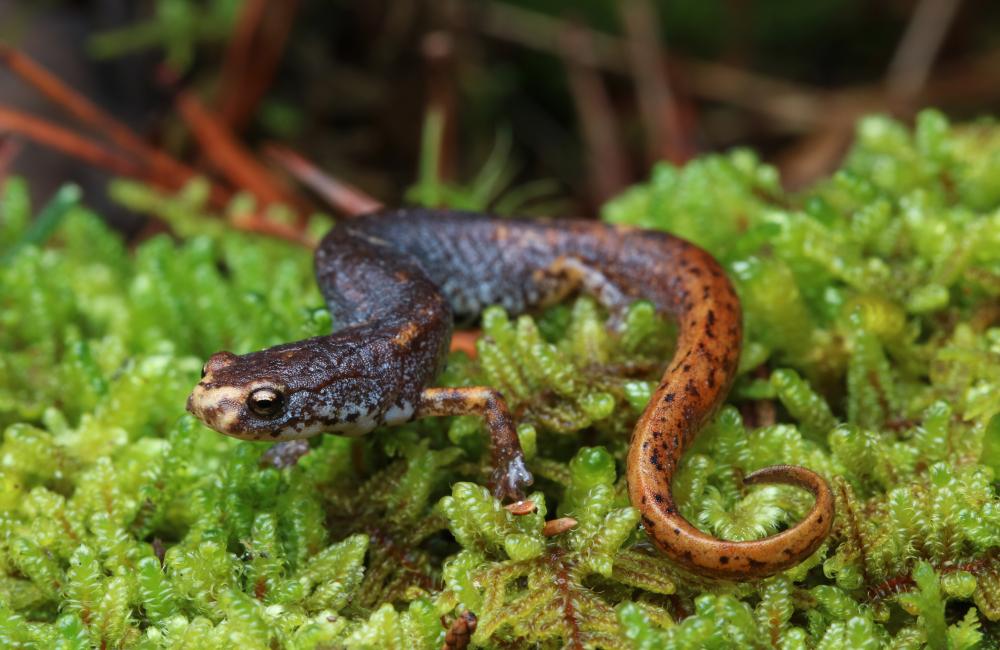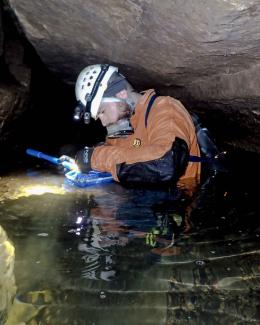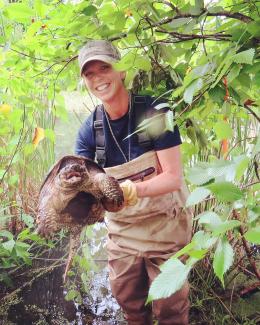Adult four-toed salamanders, Hemidactylium scutatum, are among the at-risk species living on the Oak Ridge Reservation. Scientists and facility managers worked together to create a framework that recommends cost-effective solutions to protect habitats for the salamander and other fish and wildlife. Credit: Bryce Wade/ORNL, U.S. Dept. of Energy
Oak Ridge National Laboratory researchers developed a model framework that identifies ways to ensure wildlife can safely navigate their habitats while not unduly affecting infrastructure.
The project centered on the 32,000-acre Oak Ridge Reservation in Tennessee, home to Department of Energy facilities and several at-risk species like the four-toed salamander.
Scientists identified habitats and simulated solutions like conservation buffers and open-bottom culverts to allow safe passage for salamanders and other wildlife, which cost far less than large-scale barrier removal and similarly boost ecological connectivity.
“Development and environmental sustainability don’t have to be at odds,” said ORNL’s Evin Carter. “Our collaborative approach with project managers and engineers shows wildlife management can be an integral part of land-use planning without introducing undue cost or delays.”
ORNL doctoral student Bryce Wade said the model also benefited from 30 years of high-resolution data available because of the reservation’s history and management as a National Environmental Research Park. — Stephanie Seay







